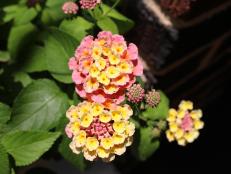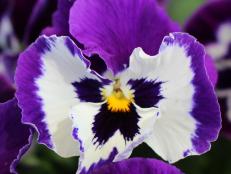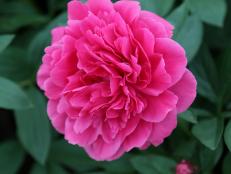How to Help Orchids Flourish

Which flower has been used as an aphrodisiac, grows all over the world in all kinds of places and is on the endangered species list? The orchid. These amazing plants can live hundreds of years in the wild or thrive in greenhouses of orchid lovers worldwide.
In nature, orchids pop up in every country in the world, from the North Pole to the South Pole. There are nearly 30,000 different species growing in the wild, and more than 150,000 hybrids have been created by crossing different orchids. In most of the United States, you can grow many warm-growing orchids outside in the summer months, but in southern Florida, along the Gulf Coast, and in coastal southern California, you can grow orchids outside year-round.
Orchids are recognizable by their three outer petals (sepals) and three inner petals, one of which is typically a lip that serves as a landing platform for insects. Orchids grow on trees, in the ground or in the home. They can be small or large, sweet-smelling or unpleasantly scented. Orchids come in single blooms, clusters, and sprays and chains with bizarre shapes and patterns.
Orchids do have something other than shape in common: they prefer lower temperatures at night. Warm-growing orchids such as moth orchids like 65- to 70-degree temperatures at night, while intermediate orchids such as the cattleyas like chillier air: 60-degree evening temps. A cool-growing flower like Dracula prefers 50- to 55-degree temperatures at night.
As a first-time orchid grower, you'll want to keep these tips in mind: First, choose a mature orchid that's already in flower; some orchids can take years to go from seedling to flower. Then, start with hybrids; they're grown specifically for hobby growers and will be easier to deal with than rare varieties.
Before you take an orchid home, research its needs. Many orchids like to dry out between waterings, but other orchids prefer a climate that's consistently wet. Some are easy to grow; others are quite temperamental.
Orchids also vary as to how much light they need. Here's a trick for estimating the amount of natural light you can offer an orchid: Hold your hand about six inches above a sheet of white paper. If there's a sharp, clearly defined shadow, you have bright light. If the shadow is quite distinct but fuzzy around the edges, you have medium light. If there's only faint shadow or none at all, there isn't sufficient light for flowering.
Plus, supply orchids with plenty of fresh, humid air that's in perpetual motion. If you're growing the orchid indoors, open a window or keep a fan running. Give your orchid the environment it craves, and it will reward you for many years to come.












































